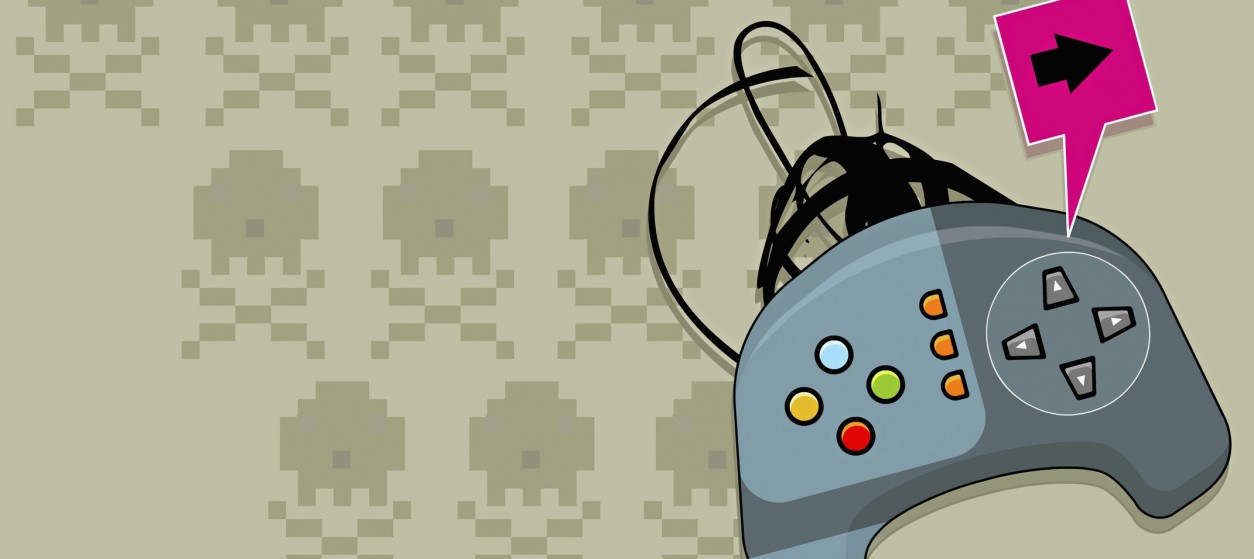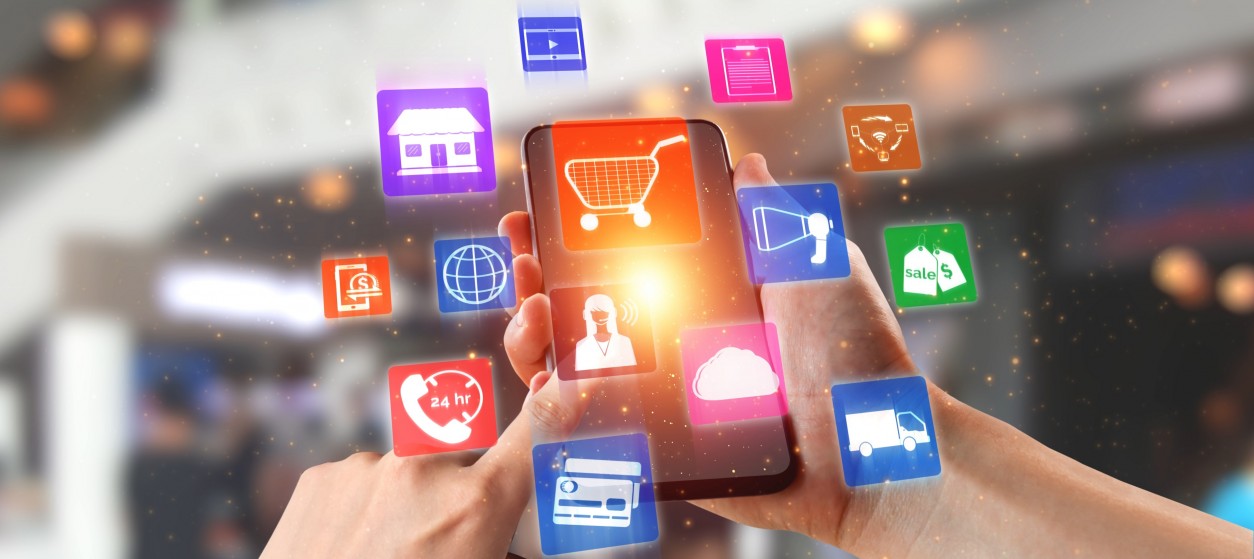In today’s rapidly evolving business landscape, organizations are faced with significant skills shortages, both in terms of technical skills (e.g., data science, artificial intelligence) and in terms of the ever-important soft skills. Therefore, modern enterprises must continuously upskill their teams to remain competitive. Traditional training methods have limitations when it comes to engaging employees and translating knowledge into real-world skills. To the rescue, companies can employ gamified learning, which is a transformative approach that leverages the power of serious games and playful activities to create more effective, immersive, and motivating upskilling experiences.
Understanding Serious Games in Education and Training
Serious games are digital or physical games designed not just for entertainment, but with the purpose of educating, training, or solving problems. Unlike traditional games, their primary goal is to facilitate learning, skill development, or behavioral change. These games introduce learners in dynamic, simulated environments where they can actively engage with content, apply knowledge, and receive immediate feedback. As a prominent example, serious games are commonly used in healthcare in order to simulate surgical procedures or diagnostic scenarios. Such simulations allow professionals to practice technical and non-technical skills in a risk-free environment. Likewise, in corporate settings, simulations might replicate customer service situations, compliance challenges, or leadership dilemmas. These simulation scenarios help employees bridge the gap between theory and practice.
The Theory Behind Playful Learning
The foundation of gamified learning lies in well-established educational and psychological theories. Playful activities take advantage of intrinsic motivators such as autonomy, mastery, and purpose. This makes learning more enjoyable and more effective at the same time. The most prominent theoretical pillars of gamified learning include:
- Experiential Learning: Learners gain knowledge through active participation and reflection, rather than passive consumption.
- Behavior Modeling: Observing and practicing modeled behaviors in a game environment enhances knowledge retention and skill transfer.
- Flow Theory: Well-designed games balance challenge and skill, which keeps learners in a state of deep focus and engagement.
- Immediate Feedback: Games provide instant responses to actions, which allows for rapid correction and iterative learning.
Based on these principles, gamified learning environments foster critical thinking, problem-solving, and adaptability. The latter are skills which are very essential for today’s workforce.
Benefits of Gamified Learning for Upskilling Teams
Gamified learning offers a host of advantages over traditional training methods, including:
- Cost-Effectiveness: Serious games can reduce the need for expensive physical resources or travel, which makes training more affordable and scalable.
- Safe, Ergonomic Environments: Simulations allow employees to practice skills and make mistakes without real-world consequences. This is a foundation for enhancing safety and confidence.
- Enhanced Engagement and Motivation: Game elements like points, badges, leaderboards, and narratives tap into natural human drives for achievement and competition. This helps increasing participation and retention.
- Immediate and Actionable Feedback: Learners receive real-time insights into their performance, which enables continuous improvement.
- Personalized Learning Paths: Adaptive game mechanics can tailor experiences to individual skill levels and learning needs.
- Data-Driven Insights: Gamified systems generate rich data on learner behavior. This enables them to inform future training strategies and identify skill gaps.
Real-World Examples Across Industries
To better understand the value of gamified learning, let’s consider some examples of training activities across different industries, including:
- Sales: Gamification in sales often involves leaderboards, badges, and point systems to motivate teams. For instance, there are companies that use tiered certification programs and interactive challenges to upskill sales representatives in ways that drive higher engagement and better performance. Other companies have implemented game-based simulations to train operators in customer service, while using real-time feedback and recognition to accelerate learning.
- Banking: Banks leverage gamification to boost customer engagement and educate both staff and clients. Savings challenges, financial literacy quizzes, and loyalty programs are common. For example, there are fintech banks that feature gamifies savings goals, as well as on-line services that use mini-games and rewards to drive app usage and financial behavior change. Moreover, AI-driven personalization tailors challenges and rewards to individual customers towards enhanced effectiveness.
- Hospitality Management: In hospitality, gamified learning addresses high turnover and the need for consistent service standards. Scenario-based games are used to simulate real-life situations such as handling difficult guests or mastering cocktail recipes. This makes training activities more memorable, practical, and actionable.
The Future: AI and Extended Reality Transforming Gamified Learning
The next frontier for gamified upskilling lies in the integration of emerging technologies like Artificial Intelligence (AI) and Extended Reality (XR). Specifically, this integration enables the following functionalities:
- AI-Enhanced Gamification: AI enables highly personalized learning experiences by analyzing user data and adapting content, challenges, and feedback in real time. Also, predictive analytics can be used to anticipate learning needs, while natural language processing allows for more interactive, conversational training modules. Also, AI can facilitate dynamic difficulty adjustment in order to ensure that learners remain challenged but not overwhelmed.
- Extended Reality (XR) Gaming: XR technologies immerse learners in realistic virtual environments, which allows them to practice skills in lifelike scenarios without risk. For example, Virtual Reality (VR) can simulate a busy hotel lobby or a complex sales negotiation towards providing rich context and hands-on experience. XR also supports collaborative learning, which enables teams to interact and solve problems together in virtual spaces.
The synergy of AI and XR promises a future where gamified learning is more engaging and effective, while at the same being accessible and tailored to each learner’s unique journey.
Best Practices for Implementing Gamified Upskilling
Modern organizations that seek to harness the benefits of gamified learning had better consider the following best practices:
- Align Game Mechanics with Learning Objectives i.e., ensure that game elements support the desired skills and outcomes beyond entertainment.
- Start with Basic Training i.e., provide foundational knowledge before introducing serious games to maximize effectiveness.
- Prioritize User Experience i.e., design intuitive and user-friendly interfaces to accommodate all learners, regardless of tech proficiency.
- Balance Challenge and Skill i.e., gradually increase difficulty to maintain engagement and promote a sense of accomplishment.
- Incorporate Immediate Feedback i.e., use rapid feedback loops to reinforce learning and correct mistakes in real time.
- Foster Collaboration and Healthy Competition i.e., include team-based challenges and leaderboards to encourage cooperation and friendly rivalry.
- Leverage Data Analytics i.e., continuously monitor learner progress and outcomes to refine and personalize training programs.
- Iterate and Update Content i.e., regularly refresh challenges and scenarios to keep training relevant and engaging.
- Secure Leadership Buy-In i.e., involve managers and leaders to drive participation and model engagement.
Overall, gamified learning is revolutionizing how organizations upskill their teams. It makes training more engaging, cost-effective, and impactful. Modern organizations must embrace serious games following proven best practices. At the same time, they should consider the integration of cutting-edge technologies like AI and XR towards creating dynamic upskilling programs that close skill gaps and foster a culture of continuous learning and innovation. In the scope of the future workplace, training will be playful, immersive, and smarter than ever before.










